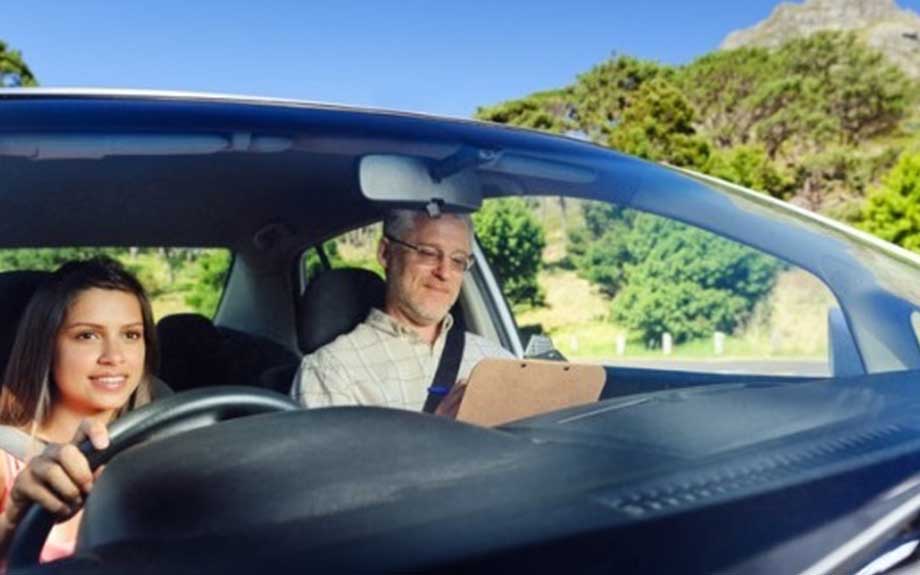Learning to Drive: Making Progress
Apr 4 2022 2:38PM
Part 6 of the Learning to Drive series, Making Progress. When Learning to Drive, you'll start off slow, literally. At first you'll probably hate driving fast, but keep in mind that although driving too fast is dangerous, so is driving too slow.
Learning to Drive: Making Progress - Happy Roads
Wreckless Drivers Experienced drivers can be impatient. Whilst they should allow learners more time and be understanding, they are not always. Driving too slow can prompt wreckless & aggressive behaviour from other drivers. They may:
- Sound their horn - which could distract/shock other drivers, including yourself.
- Tailgate (driving closely behind) - which can cause an accident if you need to apply the brakes abruptly.
- Wrecklessly overtake - which could put you and other drivers at risk.
To avoid these actions, try to continue making progress.
PERFECT PROGRESS
- 1) Look in the centre mirror to observe the distance of any cars behind you.
- 2) Gradually increase your speed, whilst observing as far down the road as possible.
- 3) If the road is clear, aim to reach the maximum permitted speed for that road. (However, do not do so if the road is tight or you don't feel comfortable doing so).
Note: Don't try to reach the maximum speed permitted for the road, as fast as you can. Take your time. As a learner we suggest taking between 5 -10 seconds to reach 30 mph - on a clear road.
Gear Shift Suggestions (Flat & Clear Roads):
- (1-5 mph) 1st Gear
- (5 - 15 mph) 2nd Gear
- (15 - 30 mph) 3rd Gear
- (30 - 40 mph) 4th Gear
- (40 - 55 mph) 5th Gear
- (55 - 70 mph) 6th Gear
Learning to Drive - Signs
Maximum Speed Signs Numbers circled with a 'red rim' are Orders which tell you the Maximum speed permitted for that road. Keep in mind that this is the maximum speed, not a target. You should only aim to reach a road's maximum speed if the path ahead is clear and safe to do so. 30 mph is usually the maximum speed permitted for most Residential Roads. Residential roads are almost always identified by street lamps no more than 200 yards apart. Minimum Speed Signs Numbers in Blue Circles highlight the Minimum safe speed for that road. If the road is clear, cars must attain this speed. Recommended Speed Signs These signs represent a Recommended speed for that road, they are not enforced by law. However, not heeding their advice could lead to an accident. Reminders If you miss a speed sign, there are usually speed limit reminders along the same road. They are usually smaller and often appear before speed cameras (though not always). National Speed Limit White circles, with a black, horizontal line through them represent the National Speed Limit. They signal that the UK's national maximum speed limit is enforced for this road. For a Single Carriageway it's '60 mph' and for a Dual Carriageway it's '70 mph'. Road Restriction Symbol Not to be confused with the national speed limit symbol, these signs signal a Restricted / Controlled Zone, where a restriction or control is in place. Temporary Speed Measures Look Out for Temporary Speed Measures. Temporary speed measures are enforced under the full extent of the law and drivers can face harsh penalties if they are broken.
Note: Speed cameras are adjusted for temporary speed measures. They will flash you if you break the temporary speed limit.
Bends
It is not advised to do the maximum speed on a bend. It's hard to see oncoming vehicles and even harder to keep under control.
Today's video comes from Dublin.
< Read Part 5 - Meeting Traffic Read Part 7 - Hazard Awareness >
'Learning to Drive' series - full lesson list
- Cockpit Drill
- Moving Off & Pulling Over
- Approaching Junctions
- Emerging at Junctions
- Meeting Traffic
- Hazard Awareness

